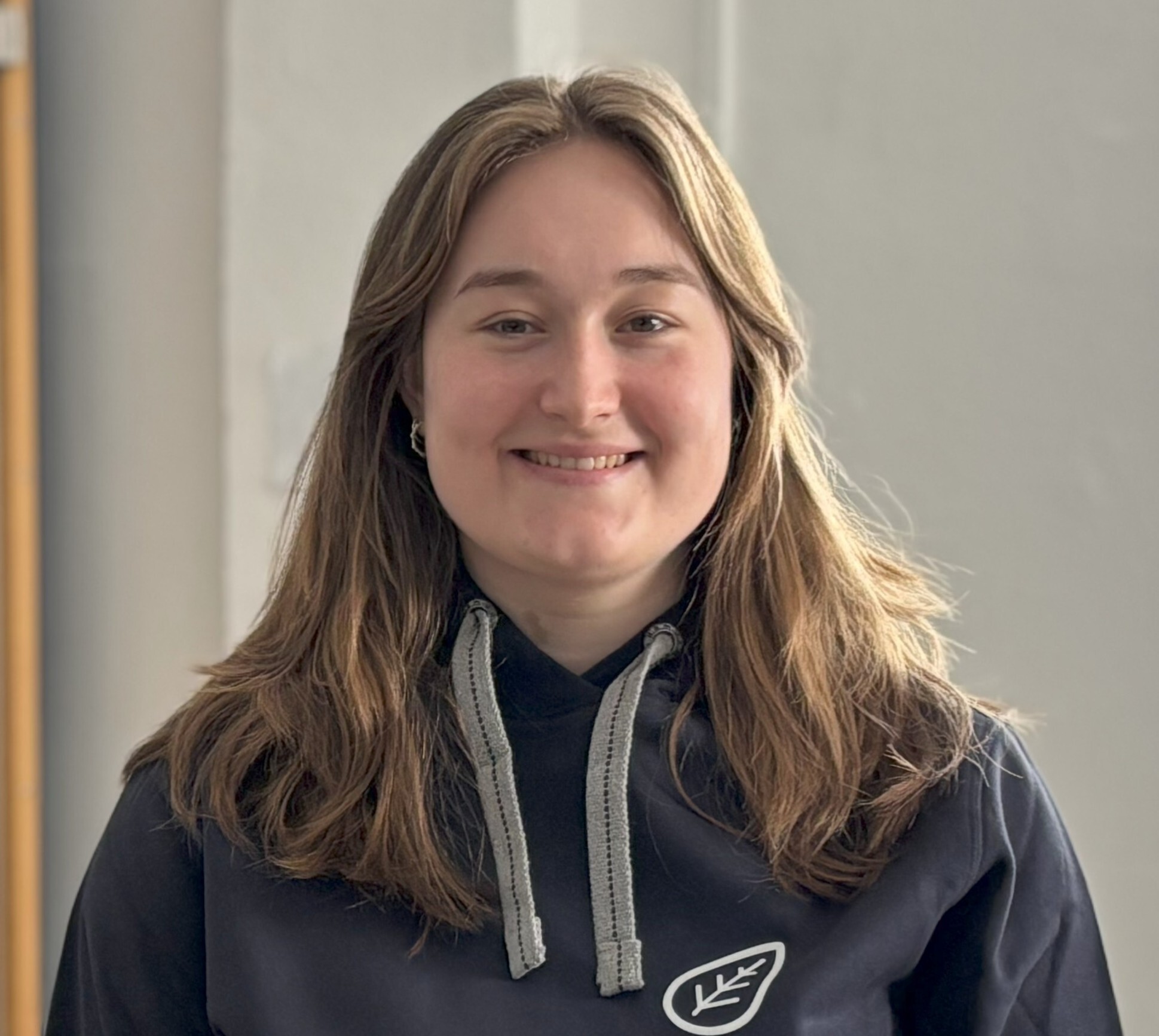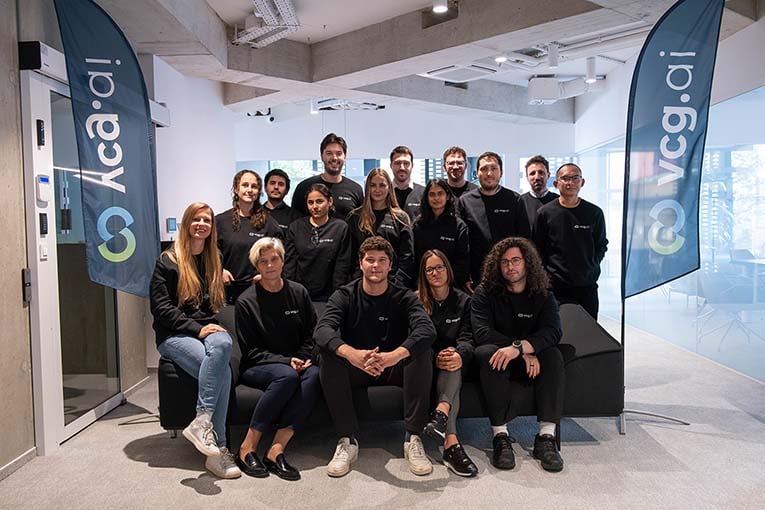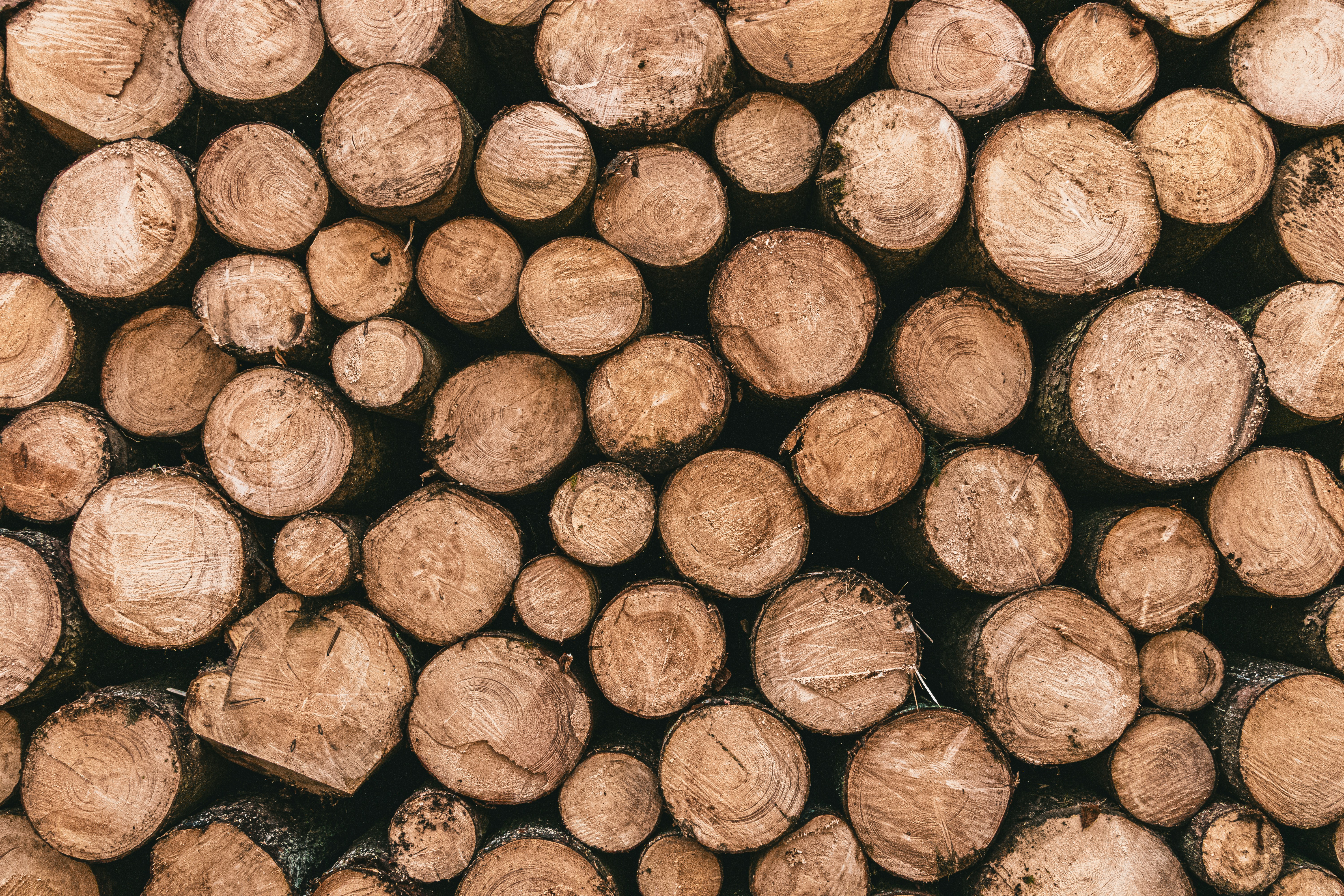Bioeconomy - it’s a term you might have heard thrown around in various contexts more and more over the last decade or so. As it often happens with such terms, pinning down a clear definition, and why you should even care about it, is oddly difficult.
What is bioeconomy?
Broken down into the simplest terms, the bioeconomy is a system that contains everything within the production and use of biological resources. More modern definitions specify that sustainable use is meant. Biological resources, also called bioresources, are defined as recent products of an ecosystem that can be used for economic gain: bees, salmon, aloe vera, rice and Penicillium, the fungus used to produce penicillin, all fall under this umbrella: The counterpart to this would be fossil resources, which are very much finite and therefore cannot be used sustainably. As I’m sure you can tell, the term bioeconomy casts a pretty wide net, and so covers a vast range of processes and industries.
Difference between Circularity and Bioeconomy
Now, there is often confusion between circularity and bioeconomy, where they overlap and their differences. Circularity is the idea of keeping materials at their highest value within the value chain - so recycling, reusing, repairing and the like. In short: the bioeconomy seeks to use biological resources in the first place, and circularity aims to keep the resources already in use away from becoming unusable waste for as long as possible.
Why has bioeconomy become so important?
The EU, OECD, and FAO definitions all include some mention of sustainability. Now, although many people believe that the idea of sustainability revolves around the environment, sustainability actually has three pillars: environmental, social, and economic. A truly sustainable solution needs to ensure healthy longevity when it comes to people, planet, AND profit.

The bioeconomy has massive potential to enable the pillars of sustainability. As it becomes increasingly clear that sustainability is the only viable long-term path in light of climate change and growing environmental pressures, both companies and governments are seeking solutions that address all three pillars—environmental, economic, and social sustainability. Many of these solutions fall squarely within the scope of the bioeconomy.
Bioeconomy startups you should know
Startups lead the way in developing new solutions for a sustainable bioeconomy. In particular, startups in this space are creating resource-efficient, circular, and climate-friendly business models that help transform traditional industries and make them more sustainable.
Here are three bioeconomy startups from the RootCamp portfolio you should know:
VCG.AI: VCG.AI offers the Value Chain Generator, a platform that helps companies to identify suitable organic byproducts and offers processes to transform them into valuable resources. Leveraging artificial intelligence and extensive databases, the platform identifies suitable waste materials and evaluates hundreds of conversion technologies and business models. The goal is to find the best usage for low value residual materials extending the value chain and minimizing their carbon footprint at scale.

BIOWEG: Bioweg are powered by conscious ChemDesign. They match Bioinnovation to business problems, as well as combining biotechnology, material science and molecular simulations, while learning to create and sell advanced sustainable and bio-based high-performance ingredients.

Fibritech: FibriTech turns plant fibers into new types of fully biodegradable products without deep chemistry processing. As a result, growing media are bio-degradable, compostable, environmentally friendly and have adequate water retention properties which reduce the amount of water used in the agricultural sector.
Policy and Global Strategy Support
Beyond its potential, the attitude towards bioeconomy has also shifted significantly in the last few years. The EU updated its Bioeconomy Strategy in 2018, tying it closely to the European Green Deal and the transition to a circular, low-carbon economy. Organizations like the OECD, FAO, and UN have also released frameworks promoting the bioeconomy as a pathway to economic resilience, food security, and biodiversity conservation. Not to mention the wide range of countries that have configured national bioeconomy strategies. This, of course, supports the perception that the bioeconomy has massive potential, and has placed it firmly in the limelight for future proof solutions.
Bioeconomy Deep Dives
Here at Rootcamp, we’ve been concerning ourselves with the topic of bioeconomy for a while. As a part of this, we have been able to hold two workshops focusing on lignin and industry hemp and publish a report on industry hemp within our “Bioeconomy Deep Dives” project. The workshops have connected agricultural and industrial stakeholders, with the goal of identifying innovation gaps and potential hurdles together. This has all been made possible through the support from the Bundesministerium für Landwirtschaft, Ernährung, und Heimat (BMLEH) through Rentenbank. If you want to get involved, sign up for our next bioeconomy event in August.
The demand for and usage of global agricultural resources are shifting: "Farm to Fork" becomes "Farm to X". As industry, construction, and energy move away from fossil resources, demand for bio-based materials grows. At the same time, food security and climate resilience remain critical. The Nexus Bioeconomy event on 26.08 at RootCamp, Hannover, will explore how to meet rising demand by boosting biological production, and use resources more efficiently. Together, we’ll develop practical, collaborative solutions for the bioeconomy transition.
/rootcamp_logo_white_2022.png?width=2123&height=630&name=rootcamp_logo_white_2022.png)

/RC%20logo%202022.png?width=2325&height=703&name=RC%20logo%202022.png)






